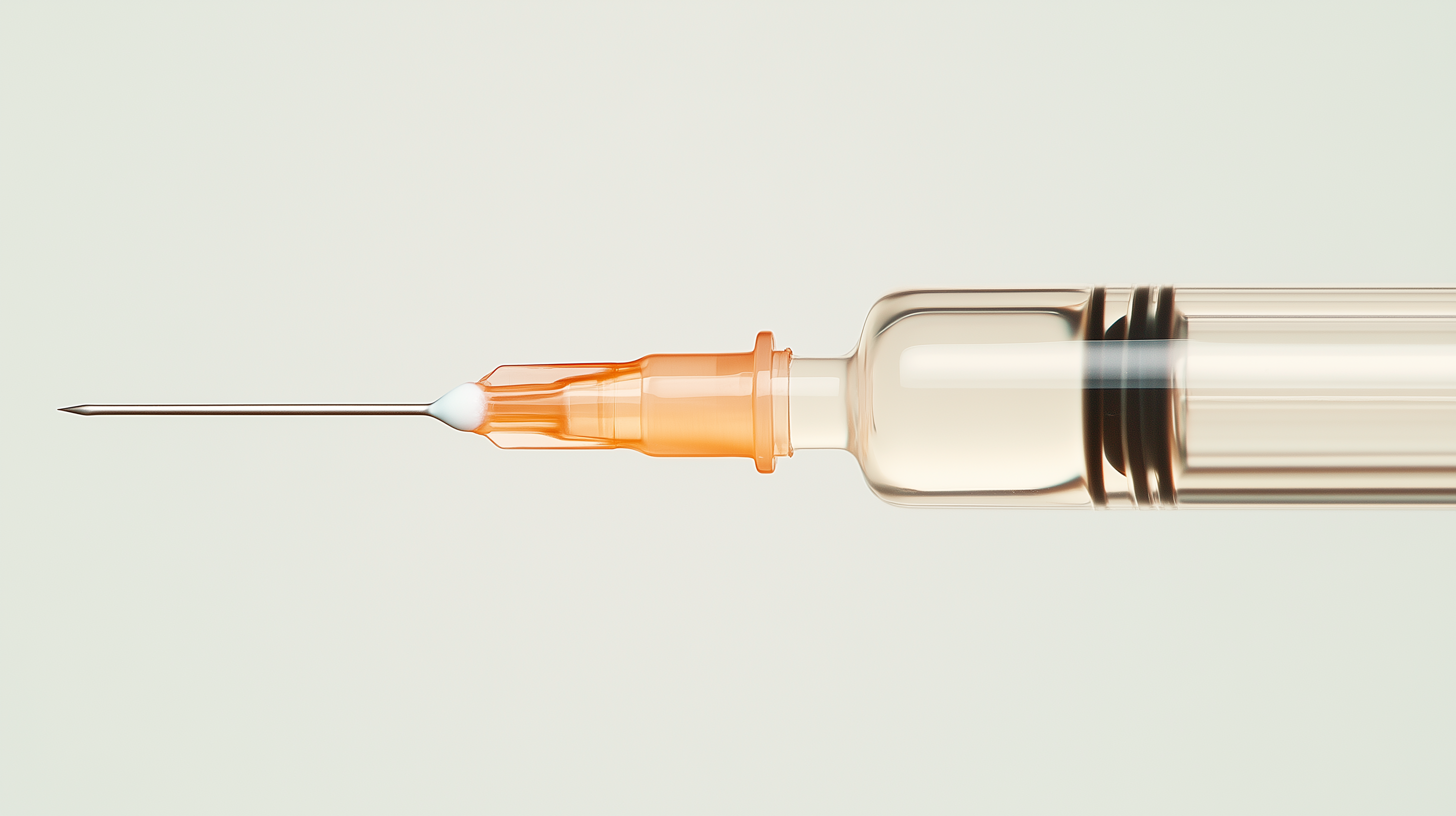Introduction
Botulinum toxin therapy, often shortened to “Botox” is a popular non-surgical treatment that involves injecting a neuromuscular toxin into specific areas of the face to reduce muscle contraction, thereby minimising the wrinkling of overlying skin. While many people use Botox to achieve a smoother and younger appearance, researchers have found that it can also affect how we feel and express emotions. This happens because Botox changes how our facial muscles move, which can influence the brain’s processing of emotions. Understanding this connection, known as mimetic feedback, helps scientists learn more about how facial expressions and feelings are linked and how Botox might be used for more than just cosmetic purposes.
The Concept of Mimetic Feedback
Mimetic feedback refers to the idea that facial expressions not only convey emotional states but also influence them. This concept is rooted in the facial feedback hypothesis, which suggests that the movement of facial muscles can either enhance or diminish emotional experiences. For example, smiling may intensify feelings of happiness, while frowning might amplify feelings of sadness or frustration. Mimetic feedback operates bidirectionally: emotional states influence facial expressions, and facial expressions, in turn, modulate emotional states.

Botox and Facial Muscle Paralysis
Botox works by temporarily relaxing specific facial muscles. It does this by blocking signals from nerves that tell the muscles to contract. For example, when Botox is applied to the area between the eyebrows, it prevents muscles from tightening, which stops the formation of frown lines and creates a smoother, more relaxed appearance. By limiting negative expressions like frowning, Botox can help break cycles of negative emotional feedback. Individuals treated with Botox often report feeling more relaxed and less prone to anger or frustration.
Psychological Implications of Mimetic Feedback in Botox Therapy
Several studies have explored how Botox-induced changes in facial expression influence emotional experiences and psychological well-being. Key findings include:
1. Enhanced Emotional Well-Being
One of the most notable positive effects of Botox therapy is the reduction in negative emotional experiences. Individuals often feel calmer and less burdened by negative thoughts after treatment. By interrupting the physical expression of stress or frustration, Botox may help promote a more balanced emotional state.
2. Potential for Positive Mental Health Outcomes
Emerging evidence suggests that Botox may have therapeutic applications beyond cosmetics. By reducing the capacity to frown, Botox injections in the glabellar region have shown promise in alleviating symptoms of major depressive disorder (MDD). The proposed mechanism involves the interruption of negative mimetic feedback loops that perpetuate negative mood states.
3. Increased Confidence and Social Comfort
Cosmetic improvements brought by Botox often lead to enhanced self-confidence. Patients frequently report feeling more comfortable in social settings and experiencing positive reactions from others due to their more relaxed and approachable appearance.
4. Impact on Empathy and Social Perception
While some concerns exist about limited facial expressivity, many patients experience improved social interactions due to their reduced appearance of stress or anger. A smoother, calmer expression may encourage more positive social engagements.
Neurological Mechanisms Underlying Mimetic Feedback
The relationship between facial expressions and emotional experience involves complex neural circuits. Key brain regions implicated in this process include:
- Motor Cortex: Responsible for voluntary facial movements.
- Amygdala: Plays a crucial role in processing emotional stimuli and generating emotional responses.
- Insula: Involved in the subjective experience of emotions and interoception.
- Mirror Neuron System: Facilitates the understanding and imitation of others' facial expressions, contributing to empathy and social bonding.
Botox may positively influence these neural pathways by preventing negative afferent signals from reinforcing negative emotional states.
Clinical Applications and Considerations
1. Cosmetic Use and Patient Satisfaction
Cosmetic applications remain the primary use of Botox therapy. Many patients report increased self-confidence and psychological well-being following treatment due to improved appearance and reduced signs of aging.
2. Treatment of Mood Disorders
The potential use of Botox as an adjunct treatment for depression is a burgeoning field of research. Clinical trials have demonstrated that glabellar Botox injections can significantly reduce depressive symptoms in some patients, providing new hope for those who do not respond to traditional therapies.
3. Ethical and Psychological Considerations
While some concerns exist about emotional blunting, the benefits often outweigh these drawbacks for many patients. Proper patient education and setting realistic expectations ensure positive outcomes.
4. Impact on Social Interactions
In social and professional contexts, patients frequently find that their smoother, more relaxed expressions lead to more positive interactions and reduced interpersonal tensions.
Conclusion
Mimetic feedback plays a vital role in shaping emotional experiences and social interactions. Botox therapy, by disrupting facial muscle activity, offers unique insights into the complex interplay between facial expressions and emotions. It provides significant cosmetic and therapeutic benefits, helping individuals feel more confident, experience fewer negative emotions, and enjoy improved mental well-being. As research continues, Botox may become an even more valuable tool for enhancing both aesthetic and emotional health.
Further Reading: Recent Studies on Botox and Mimetic Feedback
- Finzi and Rosenthal (2014): This study explored the use of Botox in treating major depressive disorder. The researchers found that patients who received Botox injections in the glabellar region experienced significant reductions in depressive symptoms compared to those who received a placebo.
- Lewis et al. (2018): This research examined the impact of Botox on emotional processing. The findings suggested that individuals treated with Botox had a reduced ability to recognize negative emotions in others, which may contribute to the therapy's mood-enhancing effects.
- Wollmer et al. (2012): In a randomized controlled trial, this study demonstrated that Botox injections led to improvements in mood and reductions in anxiety symptoms, supporting its potential as a mental health treatment.
- Heckmann et al. (2003): This early study highlighted the positive effects of Botox on social interactions, showing that patients felt more socially confident and received more positive feedback from peers.
- Davis et al. (2020): The research focused on the long-term effects of Botox on emotional well-being. It found sustained benefits in mood regulation and stress reduction among regular Botox users.



